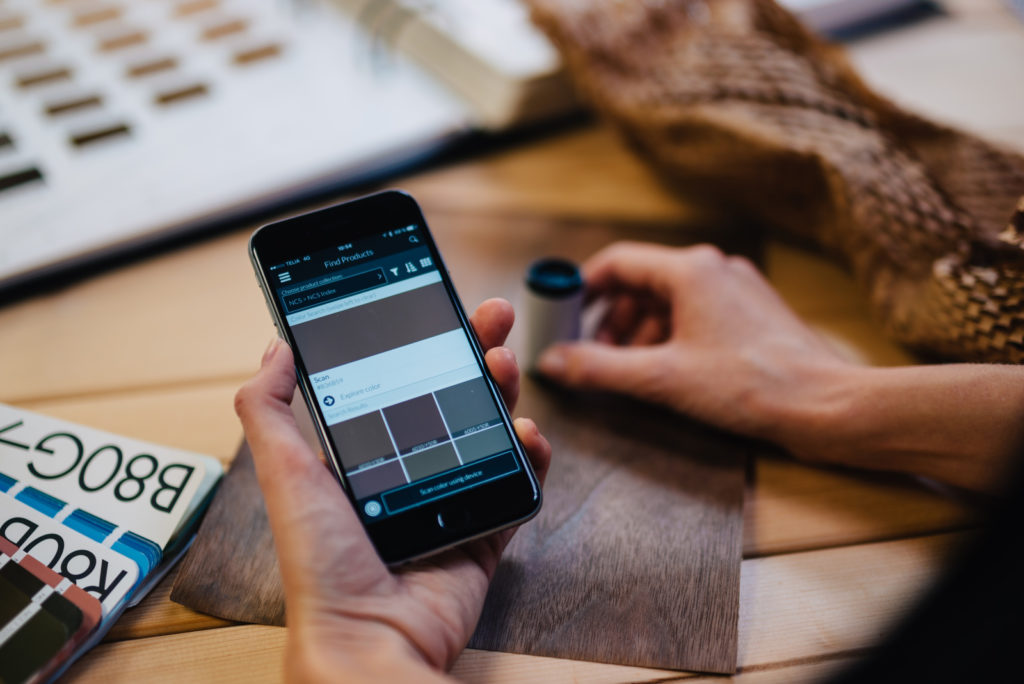What colour language do you speak?
Rolfes Pigments enhance the Colourpin II to intuitively recognise more colours
Choosing colour is becoming more of an emotional experience eliciting reactions and influencing decisions. Speaking a year after launching its Colourpin II enhancements, Ahmed Gani, Managing Director, Rolfes Pigments, says that this technology-driven approach to matching colours is set to change how people see and replicate colours. Using any item from fabric to plastic to wood, the Colourpin II is fast becoming a recognised tool for any company or individual trying to match colour.
As a leading provider of pigments into paint, printing ink, plastics and construction industries, the Colourpin II is one of the easiest ways to instantly read the colour breakdown of the surface scanned.
“Since launching the initial device, together with NCS, we have upgraded our database to include over 4400 colours: “The device came with a standard 1950 colours, limiting its ability to match to everything. Rolfes Pigments has invested time and resources to not only upgrade the database, but also improve the device based on user experience. We have also worked closely with independent retailers to stock, and use, the Colourpin II when matching colours for customers,” says Gani.

Now offering a 90% accuracy when converting the corresponding colour into CMYK, RGB, L*a*b* and lightness values remains an exciting technology innovation: “We have fine-tuned formulations making the Colourpin an invaluable tool for anyone working with colour. It will greatly assist decorators, painters and anyone else needing to ensure the original colour is matched perfectly.”
Gani explains that each colour has a unique notation to describe how it relates to the four primary colours of yellow, red, blue, and green, as well as black and white. For every colour pinned, information is provided in the form of the closest notation: “This is an exciting innovation at value for money cost compared to what it can do, making it an exciting tool to assist small and medium companies compete more aggressively.”
For more information, visit www.rolfespigments.co.za
Video link: https://vimeo.com/210580732




























